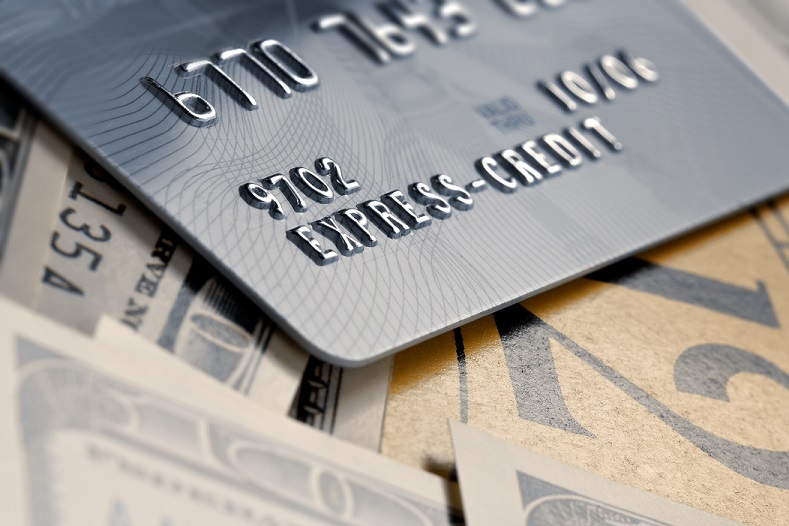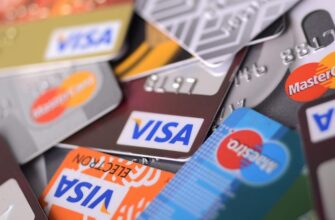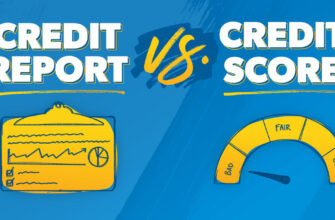Let’s look at all the variety of credit products.
This is important because the type of borrowing depends on the basic rules for granting and repaying a loan, the list of necessary documents and the procedure for their consideration by banks, the maximum possible amount that you can count on, the interest rate and many other terms of the contract.
After studying the topic you will be able to choose the most convenient and profitable loan if necessary.
So, all loans can be divided into several categories and subcategories.

Category #1
In terms of the target orientation, the terms of some loans depend on the purpose for which you plan to spend the funds received.
The goal can be clearly spelled out in advance in the contract. Such loans are targeted. You will be able to spend the money you receive only to achieve the goal described in the contract, and not for anything else. At the same time, the bank will require to submit documents confirming the purchase of goods or the provision of services (loan for education, loan for a car, for housing). Often, when receiving a targeted loan, a person does not receive money on hand since the bank transfers it directly to the developer, car dealership or university.
Non-targeted loans
Non-targeted loans can be spent at the discretion of the client. Despite this, the bank may ask why you need the requested amount of money. But this question is formal. As a rule, non-target loans are smaller in amount, issued for a shorter period and at a higher interest rate than the target loan.
Category #2
According to the method of collateral, If you can provide the bank with any additional guarantees that you will repay the debt, then your chances of getting a loan increase. A loan that is provided by a bank in the presence of additional collateral is called secured. As such additional guarantees, a car or real estate deposit, a security deposit or a guarantee is accepted.
Unsecured loans are not backed by such guarantees. To apply for an unsecured loan, the bank should ask for a passport, possibly a certificate of income.

Secured loans tend to have more lenient terms than unsecured loans, as the risk of non-repayment is much lower. At the same time, the package of documents that will have to be collected in order to obtain more favorable conditions is larger. Therefore, additional security is usually provided for larger amounts.
Category #3
According to the repayment period, loans are divided into short-term and long-term. Short-term loans include loans with a full maturity of up to one year inclusive, as well as loans provided under revolving credit lines and overdraft lending. Long-term loans include loans that are granted for a long (more than 12 months) term.
Category #4
According to the method of receiving money, there are only a few options for how you can get credit money after signing the contract:
- in cash directly into your hands;
- on a bank payment card;
- the money will be transferred directly to the account of the seller of the goods and services that you want to receive.
Category #5
According to the technique of granting, there are three options for granting a loan.
- One-time issue. In this case, the bank provides you with the entire amount immediately in cash, on the card or on the account of the company that sold you the product or provided the service.
- The line of credit. With such a lending mechanism, the bank undertakes to issue you several tranches of certain sizes during the period specified in the contract. This method is often used for targeted loans, for example, when crediting training.
- Overdraft or revolving credit line. The bank determines the amount for which it can lend you, and the loan term. The money is transferred to your bank account, and you can use it to the extent that you need at the moment, that is, not use the entire amount at once and return part of the money each time to pay as little interest on the loan as possible. Interest will be charged only on the part of the funds that you spent from the account in the reporting month. Many banks add to their overdraft loans such an option as grace period – in fact, this is a period of time in which you can use the bank’s money for free. If the full refund occurred before the end of the grace period, you will not have to pay for the use of money at all, or interest will be charged at a reduced rate.

Category #6
According to debt repayment schemes, loans with monthly repayment of debt in decreasing or equal payments are most common. In the case of decreasing payments, you will eventually overpay less on the loan, but the credit load will be uneven, since the first payments will be higher than the subsequent ones. In the case of even payments ( commonly called annuity payments), you will always pay the same amount, but the total payments will be more. The amount of principal under the annuity scheme will decrease more slowly, and most of the monthly payment will usually go to pay off interest.
One-time repayment of debt
There are also loans with one-time repayment of debt, when the main debt and interest are repaid at the end of its term. Some banks issue loans with individual debt repayment schemes, which are specified in the loan agreement.
Other criteria can be used to classify loans, but using the categories described above, you can form your credit requirements by assembling them as a constructor. When you clearly know what you need, the risk of making a mistake is much less probable.








